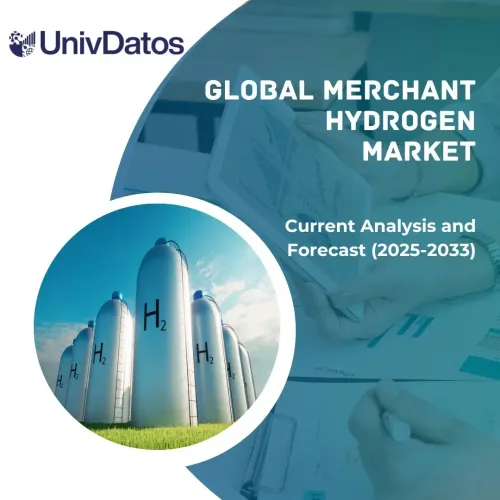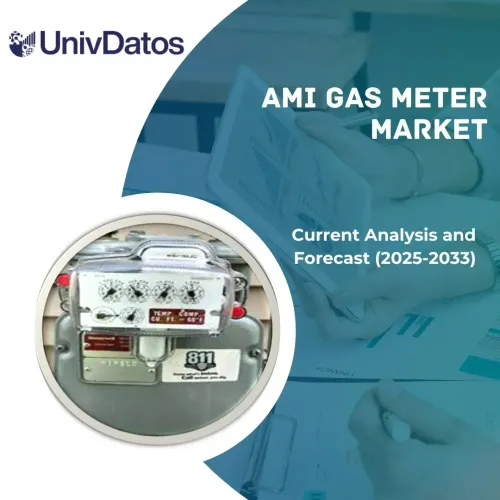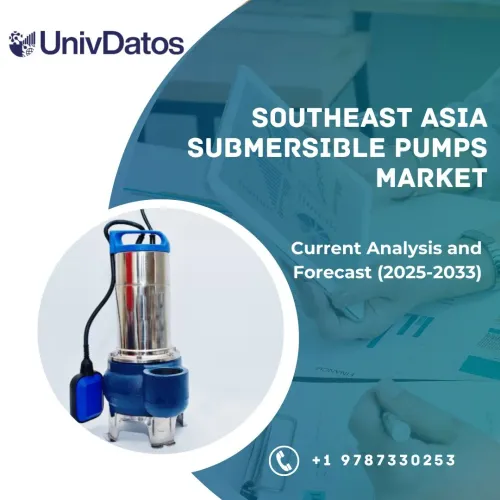- Home
- About Us
- Industry
- Services
- Reading
- Contact Us
Nitrogen Oxide Control System Market: Current Analysis and Forecast (2023-2030)
Emphasis on Technology (Selective Catalytic Reduction (SCR), Selective Non-Catalytic Reduction (SNCR), Low Nox Burner, and Fuel Reburning); Application (Power Generation & Energy, Chemical, Transportation, and Industrial); and Region/Country

Nitrogen Oxide Control System Market Size & Forecast
The Nitrogen Oxide Control System Market was valued at USD 4,813 Million and is expected to grow at a strong CAGR of around 5.8% during the forecast period (2023-2030) owing to growing water scarcity.
Nitrogen Oxide Control System Market Analysis
Nitrogen Oxides (NOx) are a group of highly reactive gases that are a major source of air pollution, contributing to the formation of smog, acid rain, and ground-level ozone. These gases are primarily emitted from the combustion of fossil fuels in power plants, industrial facilities, and vehicles. As concerns over air quality and its impact on human health and the environment continue to rise, the demand for effective nitrogen oxide control systems has been growing rapidly worldwide. Furthermore, Governments around the world have implemented stringent emission standards to curb air pollution and reduce the environmental impact of nitrogen oxides. For instance, in February 2024, the U.S. Environmental Protection Agency (EPA) strengthened National Ambient Air Quality Standards (NAAQS) for NOx, limiting it, aiming to protect its population from harmful and expensive health impacts, such as heart attack and premature deaths.

Nitrogen Oxide Control System Market Trends
This section discusses the key market trends that are influencing the various segments of the Nitrogen Oxide Control System Market as identified by our team of research experts.
The Selective Catalytic Reduction (SCR) Technology for Nitrogen Oxide Control Systems is Transforming the Industry
Selective catalytic reduction (SCR) stands out as a dominant segment in terms of market share and widespread adoption. The control of nitrogen oxide (NOx) emissions from industrial and utility boilers is a major environmental concern. Various technologies have been developed to reduce NOx, including selective catalytic reduction (SCR), selective non-catalytic reduction (SNCR), low NOx burners, and fuel reburning. Among these technologies, SCR currently holds the dominant share of the NOx control systems market. SCR can achieve NOx reduction efficiencies of up to 90% or higher, making it the most effective technology for meeting stringent emission regulations. Furthermore, SCR systems exhibit broad applicability and can be retrofitted to existing boilers and other combustion sources, as well as integrated into new installations across various industries, such as power generation, cement, chemical, and refining. Additionally, SCR systems can operate over a wide range of temperatures and load conditions, providing flexibility in controlling NOx emissions during varying operational scenarios. These developments along with others demonstrate the significance of SCR NOx control systems in the markets, creating a favorable scenario supporting its growth trajectory throughout the forecast period.
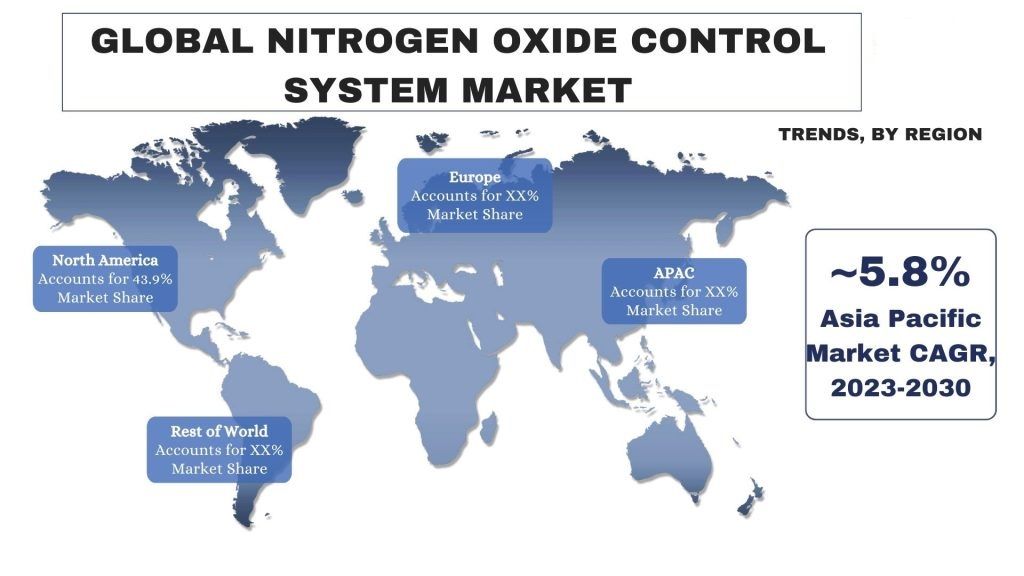
Asia Pacific is the fastest-growing Nitrogen Oxide Control System market worldwide.
Within North America, China holds a major share of the market. The major factor boosting the market’s growth in the country is its rising air pollution from industries and transportation, transpiring into several environmental and health concerns.
The Asia Pacific region is witnessing rapid growth in the adoption of nitrogen oxide (NOx) control systems across various industries. Several factors are driving this widespread adoption, fueled by increasing urbanization, rising power demand, and growing concerns about the environmental impact of emissions. Governments in the Asia Pacific region is increasingly recognizing the importance of addressing climate change and reducing greenhouse gas emissions. Several countries have implemented policies and initiatives to promote the adoption of clean technologies, including NOx control systems. For instance, Japan’s Ministry of Economy, Trade, and Industry (METI) has introduced various subsidies and tax incentives for industries implementing emission control technologies. Similarly, South Korea’s Emission Control Technology Development Program aims to support the development and commercialization of advanced emission control systems. Furthermore, the Asia Pacific region is experiencing a surge in power demand due to rapid industrialization and population growth. For instance, according to the International Energy Agency (IEA), the region’s electricity demand is expected to grow by nearly 60% by 2040. This increasing demand for power is primarily being met by coal-fired and natural gas-fired power plants, which are significant sources of NOx emissions. To mitigate the environmental impact of these power plants, countries in the region are mandating the installation of NOx control systems. For example, India’s Ministry of Environment, Forest, and Climate Change has set stringent NOx emission limits for thermal power plants, driving the adoption of selective catalytic reduction (SCR) and selective non-catalytic reduction (SNCR) systems. Factors such as these are creating favorable tailwinds, supporting the growth trajectory of the Asia Pacific NOx control system throughout the forecast period.
Nitrogen Oxide Control System Industry Overview
The nitrogen oxide control system market is competitive and fragmented, with the presence of several global and international market players. The key players are adopting different growth strategies to enhance their market presence, such as partnerships, agreements, collaborations, new product launches, geographical expansions, and mergers and acquisitions. Some of the major players operating in the market are Honeywell International Inc.; CECO ENVIRONMENTAL; John Wood Group PLC; MITSUBISHI HEAVY INDUSTRIES, LTD.; DUCON Environmental; Babcock & Wilcox Enterprises, Inc; Siemens Energy; Phinia Inc.; Yara; and Spraying Systems Co.
Nitrogen Oxide Control System Market News
- For instance, in December 2022, The US Environmental Protection Agency (EPA), implemented the final rule for control of air pollution from new motor vehicles under heavy-duty engine and vehicle standards. The rule updated the testing procedures, compliance mechanism, and emission limit for NOx and other pollutants from engines used in on-road vehicles and heavy-duty vehicles. The new standards aim to reduce allowable per-engine NOx emission by over 82.5% starting in 2027.
- In November 2022, the European Commission presented EURO 7 emission norms to the European Parliament aiming for further reduction in the NOx and Particulate Matter emissions. This new proposal suggests the adoption of more advanced technologies apart from selective catalytic reduction and diesel particulate filters which were used under EURO 6 standards.
Nitrogen Oxide Control System Market Report Coverage
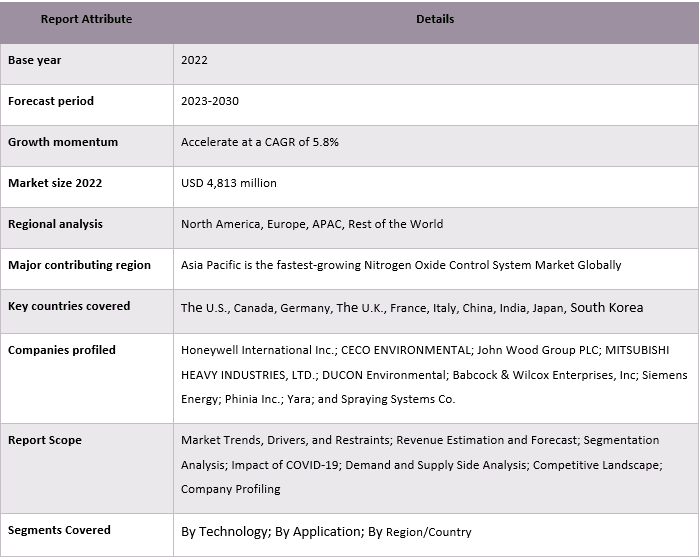
Reasons to buy this report:
- The study includes market sizing and forecasting analysis validated by authenticated key industry experts.
- The report presents a quick review of overall industry performance at one glance.
- The report covers an in-depth analysis of prominent industry peers with a primary focus on key business financials, product portfolios, expansion strategies, and recent developments.
- Detailed examination of drivers, restraints, key trends, and opportunities prevailing in the industry.
- The study comprehensively covers the market across different segments.
- Deep dive regional level analysis of the industry.
Customization Options:
The global Nitrogen Oxide Control System market can further be customized as per the requirement or any other market segment. Besides this, UMI understands that you may have your own business needs, hence feel free to contact us to get a report that completely suits your requirements.

You can also purchase parts of this report. Do you want to check out a section wise
price list?
Table of Content
Research Methodology for the Nitrogen Oxide Control System Market Analysis (2023-2030)
Analyzing the historical market, estimating the current market, and forecasting the future market of the global Nitrogen Oxide Control System market were the three major steps undertaken to create and analyze the adoption of Nitrogen Oxide Control System in major regions globally. Exhaustive secondary research was conducted to collect the historical market numbers and estimate the current market size. Secondly, to validate these insights, numerous findings and assumptions were taken into consideration. Moreover, exhaustive primary interviews were also conducted, with industry experts across the value chain of the global Nitrogen Oxide Control System market. Post assumption and validation of market numbers through primary interviews, we employed a top-down/bottom-up approach to forecasting the complete market size. Thereafter, market breakdown and data triangulation methods were adopted to estimate and analyze the market size of segments and sub-segments of the industry pertains to. Detailed methodology is explained below:
Analysis of Historical Market Size
Step 1: In-Depth Study of Secondary Sources:
A detailed secondary study was conducted to obtain the historical market size of the Nitrogen Oxide Control System market through company internal sources such as annual reports & financial statements, performance presentations, press releases, etc., and external sources including journals, news & articles, government publications, competitor publications, sector reports, third-party database, and other credible publications.
Step 2: Market Segmentation:
After obtaining the historical market size of the Nitrogen Oxide Control System market, we conducted a detailed secondary analysis to gather historical market insights and share for different segments & sub-segments for major regions. Major segments are included in the report as technology and application. Further country-level analyses were conducted to evaluate the overall adoption of testing models in that region.
Step 3: Factor Analysis:
After acquiring the historical market size of different segments and sub-segments, we conducted a detailed factor analysis to estimate the current market size of the Nitrogen Oxide Control System market. Further, we conducted factor analysis using dependent and independent variables such as technology and application of the Nitrogen Oxide Control System market. A thorough analysis was conducted of demand and supply-side scenarios considering top partnerships, mergers and acquisitions, business expansion, and product launches in the Nitrogen Oxide Control System market sector across the globe.
Current Market Size Estimate & Forecast
Current Market Sizing: Based on actionable insights from the above 3 steps, we arrived at the current market size, key players in the global Nitrogen Oxide Control System market, and market shares of the segments. All the required percentage shares split and market breakdowns were determined using the above-mentioned secondary approach and were verified through primary interviews.
Estimation & Forecasting: For market estimation and forecast, weights were assigned to different factors including drivers & trends, restraints, and opportunities available for the stakeholders. After analyzing these factors, relevant forecasting techniques i.e., the top-down/bottom-up approach were applied to arrive at the market forecast for 2030 for different segments and sub-segments across the major markets globally. The research methodology adopted to estimate the market size encompasses:
- The industry’s market size, in terms of revenue (USD) and the adoption rate of the Nitrogen Oxide Control System market across the major markets domestically
- All percentage shares, splits, and breakdowns of market segments and sub-segments
- Key players in the global Nitrogen Oxide Control System market in terms of products offered. Also, the growth strategies adopted by these players to compete in the fast-growing market.
Market Size and Share Validation
Primary Research: In-depth interviews were conducted with the Key Opinion Leaders (KOLs) including Top Level Executives (CXO/VPs, Sales Head, Marketing Head, Operational Head, Regional Head, Country Head, etc.) across major regions. Primary research findings were then summarized, and statistical analysis was performed to prove the stated hypothesis. Inputs from primary research were consolidated with secondary findings, hence turning information into actionable insights.
Split of Primary Participants in Different Regions

Market Engineering
The data triangulation technique was employed to complete the overall market estimation and to arrive at precise statistical numbers for each segment and sub-segment of the global Nitrogen Oxide Control System market. data was split into several segments & sub-segments after studying various parameters and trends in the areas of technology and application in the global Nitrogen Oxide Control System market.
The main objective of the Global Nitrogen Oxide Control System Market Study
The current & future market trends of the global Nitrogen Oxide Control System market were pinpointed in the study. Investors can gain strategic insights to base their discretion for investments on the qualitative and quantitative analysis performed in the study. Current and future market trends determined the overall attractiveness of the market at a regional level, providing a platform for the industrial participant to exploit the untapped market to benefit from a first-mover advantage. Other quantitative goals of the studies include:
- Analyze the current and forecast market size of the Nitrogen Oxide Control System market in terms of value (USD). Also, analyze the current and forecast market size of different segments and sub-segments.
- Segments in the study include areas of technology and application.
- Define and analyze the regulatory framework for the Nitrogen Oxide Control System
- Analyze the value chain involved with the presence of various intermediaries, along with analyzing customer and competitor behaviors of the industry
- Analyze the current and forecast market size of the Nitrogen Oxide Control System market for the major region
- Major countries of regions studied in the report include Asia Pacific, Europe, North America, and the Rest of the World
- Company profiles of the Nitrogen Oxide Control System market and the growth strategies adopted by the market players to sustain in the fast-growing market.
- Deep dive regional level analysis of the industry
Frequently Asked Questions FAQs
Q1: What is the current market size and growth potential of the global Nitrogen Oxide Control System market?
Q2: What are the driving factors for the growth of the global Nitrogen Oxide Control System Market?
Q3: Which segment is the fastest growing of the global Nitrogen Oxide Control System market by Product type?
Q4: What are the emerging technologies and trends in the global Nitrogen Oxide Control System market?
Q5: Which region will be the fastest-growing global Nitrogen Oxide Control System market?
Q6: Who are the key players in the global Nitrogen Oxide Control System market?
Related Reports
Customers who bought this item also bought

